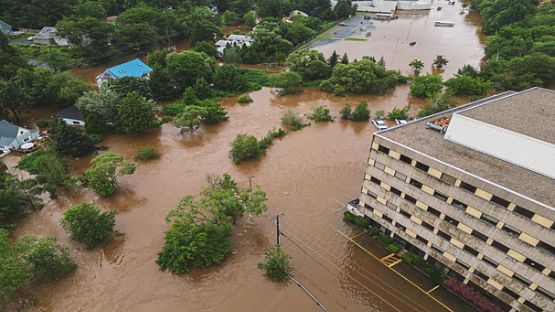Catastrophes don’t have to bring your business to a halt. Preparation and planning can help protect your operations and help you bounce back when disaster strikes.
Get started today with these tips.
Protect your property
If you have a ‘bricks and mortar’ location, plan ahead to minimize damage:
- Install sprinklers, alarm systems and fire doors (depending upon the size of your location).
- Check your premises to address potential risks and do necessary maintenance work.
- Make a detailed inventory of your business's assets and goods.
- Store important documents off the floor to protect against water damage.
- Secure items that could fall, such as computers, bookcases, or heavy objects on shelves.
Protect your data
Information is a valuable commodity. Keep your business data safe:
- Protect computers and systems with anti-virus software, firewalls and surge protectors.
- Back up important data regularly. Consider off-site or web-based options if necessary for your business.
- If you keep customer records with personal information, ask your broker about cyber insurance.
- Make copies of important documents (insurance policies, banking and tax information, supplier information) and store the copies off-site.
- Have procedures in place to protect private information.
Protect yourself and your staff
Your safety and that of your employees comes first. Make sure you have an emergency response plan that includes:
- An evacuation plan and a safe meeting place
- A shelter-in-place plan in case evacuation is impossible
- A 72-hour emergency kit for you and each of your employees
- Emergency numbers such as employee contacts, local emergency responders, suppliers, and your insurer
- Talk to employees about creating a Family Emergency Preparedness Plan
- Know your Business Continuity Plan and procedures for recovery should there be a disruption
Develop a business continuity plan
A business continuity plan outlines how you’ll keep your business running in the event of disaster.
Think about the following:
- What procedures, systems and tools are critical to your operations? What can you do without?
- Identify time critical services your business conducts and know the number of phones and computers you require to run your operation.
- Can you run your business from another location? Will you need backup equipment and power sources?
- Do you depend on external suppliers or do you require critical equipment to operate?
- Do you have contact information for our employees, partners, and stakeholders?
- Do you have outdated strategies for key internal processes such as payroll?
For more information, contact your insurance broker. If you don’t have one, use our Find a Broker tool.
Sources
Prepared BC: Guide for Small Businesses. (n.d.). Retrieved from Government of British Columbia: https://www2.gov.bc.ca/assets/gov/public-safety-and-emergency-services/emergency-preparedness-response-recovery/embc/preparedbc/preparedbc_small_business_guide_web.pdf
Protect Your Business. (2018, April 28). Retrieved from Government of Canada: https://www.canada.ca/en/services/business/protecting.html













